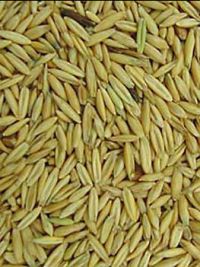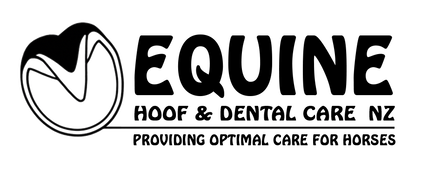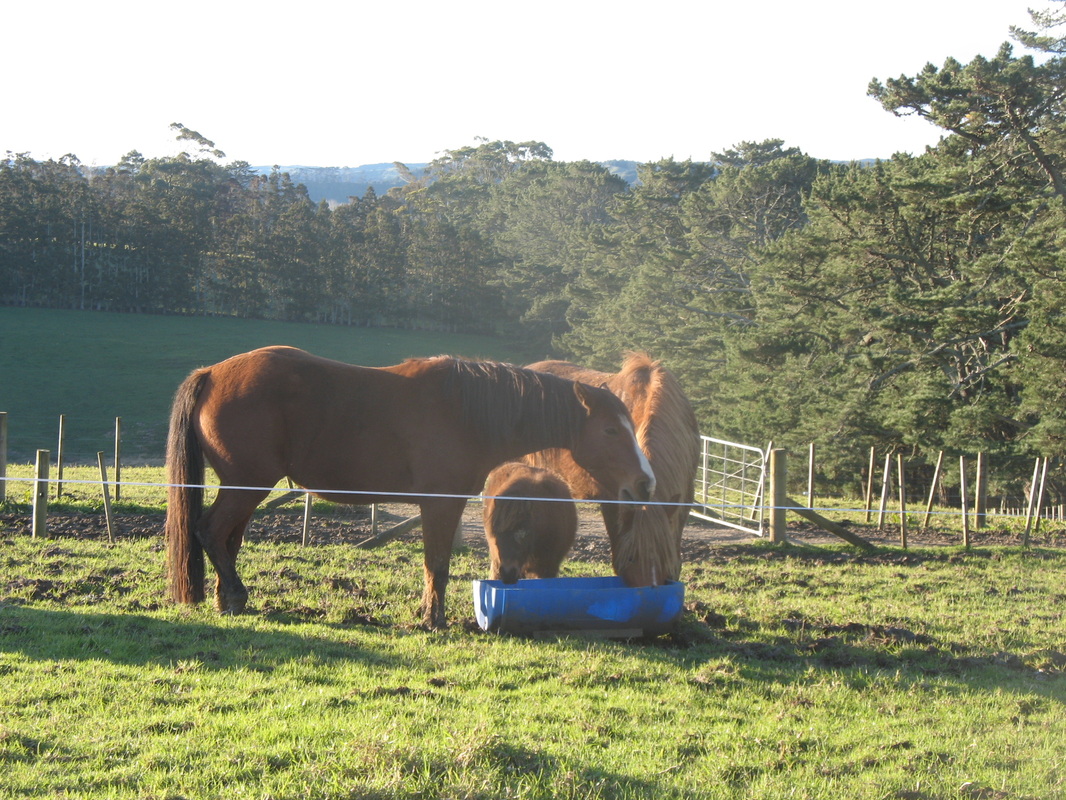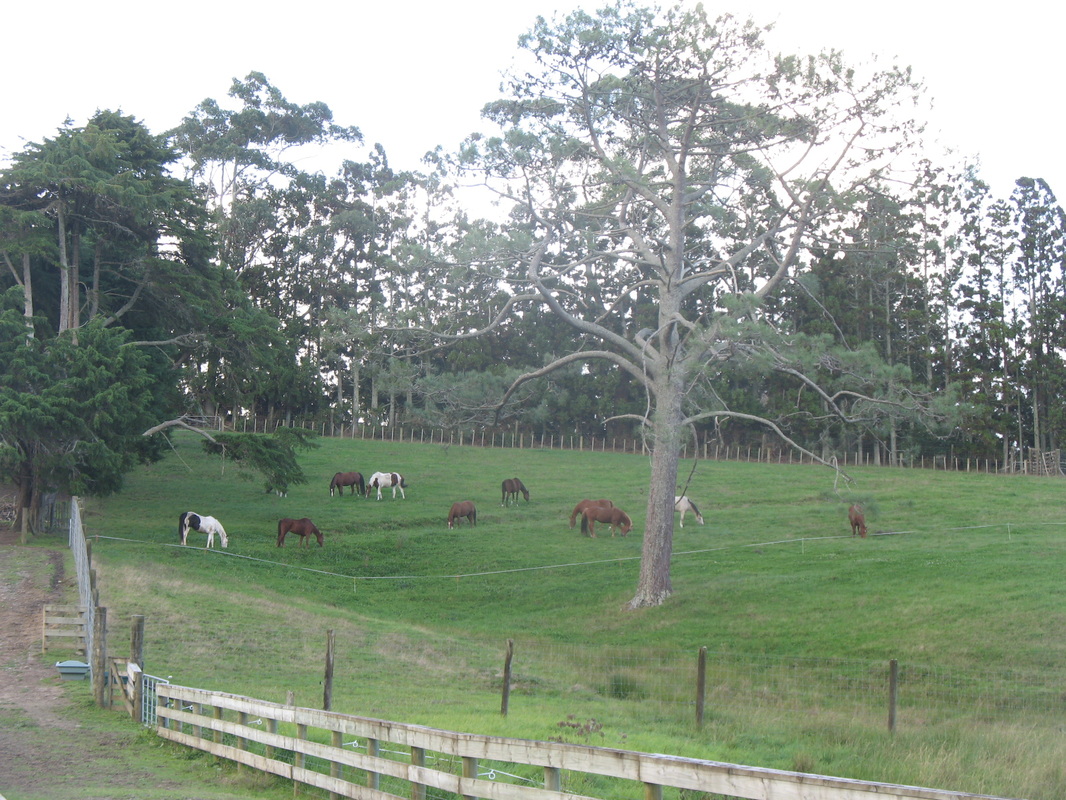Nutritional Variety and Continuous Uptake of Food
|
In nature, nutritional variety is vast and food uptake is continuous due to horses grazing for 18 to 20 hours per day. Horses are designed to eat a wide range of natural vegetation in small amounts. This promotes optimal health of both the teeth and the large intestine.
For optimal nutrition, variety in vegetation is very important for a horse's health. If you observe the wild horse or a domestic horse that has a natural living condition you will notice it knows which plants it requires to remain healthy and it would cover a great distance to get the nutritional variety that it needs. Horses also have an instinct for medicinal properties that plants have and will find such natural medicines if necessary. We promote 24 hour access to grass/hay (supplemented by continuous movement/riding). Whole grain feeding i.e. oats, are the most palatable grain for a horse (89%). Oats contain the best natural balance of protein, fibre and trace elements. It is a myth that oats cause heating. Feeding an appropriate quantity for the specific needs of maintenance and repair will ensure a calm horse. Our horses feeding guild: Quality Meadow Chaff is high in lysine which oats are not, so fed together they create a great balance. Soaked oats overnight (12 hours) in water with ACV. Best kept in a cold dark place in summer time. The amount of oats will depend on the work load of the equine i.e. maintenance feeding 1 x cup - 1kg per day and high intense work 1kg - 3kgs per day. Natural Minimal Supplement i.e. Dynamin 12 Premium and Kelp. The best thing would be to look at the soil/pasture health and support the biology of the soil so that the plants take up the nutrients from the soil. Salt Lick – Himalayan rock salt, best kept in a dry place and available at all times. If it is outside in a paddock put it in a container with holes in so it doesn't melt in the rain. Organic Apple Cider Vinegar – balance pH levels in hind/gut 15 to 20 per day per horse. Probiotic after conventional worming - Equi Brew. Here at EQHC, we stock all the supplements above. Ask us for more info or product prices. |
Why Oats?
Oats are the best and most popular grain feed for horses. The feeding value of oats is fairly rich because it contains 7% to 9.5% digestible protein and sixty starch units (100 oats units). It is also fairly rich in fat (4.5% oil, from among the grains, second only to corn). Its individual nutrients are very easy to digest, do not cause digestive disorders and contain many other positive values in feeding horses. In nursing mares, the oats support the milk production and this allows the stallion to enhance its breeding instinct (sex drive).
Owners of thoroughbreds, show horses and other high-performance horses still choose oats first over other grains. Also if you are just hacking around the place, one cup of oats per day can be beneficial for your horse or pony. Research has proven that oats are safer and healthier for horses than other grain choices for several reasons:
Nutritional Value: 8 - 13% crude protein, 7 - 9.5 dig. protein, t.d.n 71.5%, calcium 0.09%, phosphorus 0.33%, 11 - 14 MJ DE/kg, 10 - 12% fibre, 4.5% oil, nut. ration 1:6.6. Low in calcium, B complex vitamins, vitamin A and lysine. Oats - myths & truths The discussion around the feeding of oats is filled with myths and misjudgments. The reputation of oats is destroyed, and the trend of expensive muesli without oats (but with heaps of sugary molasses!) - especially when it smells delightful - is ever-growing. Many horse owners feel the onset of a nervous breakdown if you so much as mention the idea of feeding oats. However, the one thing that has been scientifically proven multiple times is that oats remain the most easily digestible grain for horses. Another clear upside is that oats are relatively inexpensive. That said, it is important to ensure good quality, and to not compromise on quality at all. More pro's of oats: • Oats don't have to be pressed, popped, or shredded before feeding (like corn or barley) to ensure optimal digestion by the horse. Corn and barley, if fed unprocessed, can actually cause the horse to founder • Oats contain unsaturated fats • Oats contain a very good kind of protein (similar to amino acids in chemical makeup), and no more or less protein than, for example, barley. • The grains encourage the horse to chew more • Oats contain no "sticky" proteins like wheat or rye, which can actually clog up the stomach • You know exactly what you are putting in your horse's feed A common misconception about oats is the rumoured excessively high protein content, but oats don't actually contain more or less protein than barley. However, oats do contain significantly higher levels of essential amino acids like lysine, compared with barley or corn. When we speak of 'essential amino acids' we are talking about those that the horse's body cannot produce by itself and must therefore come from the horse's feed. Essential amino acids are hugely important for any number of cells and therefore bodily functions, and as such the high content of these amino acids in oats definitely speaks volumes for the feeding of oats. Not feeding horses oats because one fears protein is also unwarranted. Realistically, most horses (at least those kept for leisure purposes only), are only fed small amounts of hard feed. The idea of then insisting on a feed that is low in protein to try and avoid excessive protein and a hot horse, has no valid basis. 0.5kg - 1kg "low-protein muesli" with (for example) 75g digestible raw protein is hardly any different to feeding the same amount of oats (which will contain around 85g of digestible raw protein), when looking at the total daily intake of digestible raw protein, which for an approximately 500kg leisure horse in light work should be around 320-400g. In most cases, horses in light work should be able to cover the vast majority of their protein needs through adequate amounts of good quality hay (approximately 6 to 8kg per day depending on the amount and quality of the grass in the paddock); so extra feed becomes almost superfluous and should focus on ensuring the supply of minerals and vitamins. Oats are quite easily digestible for the horse, so feeding rolled oats is not actually necessary. The oats only need to be rolled if the horse has trouble chewing, for example, if the horse is older or has problems with its teeth, as well as foals and young horses up to around 3.5 years old. In these cases it must be rolled oats for the sake of the horse's health. However, to maintain optimum levels of vitamins, minerals and proteins, rolled oats should ideally be fed on the same day or within three days of rolling. Is it normal to find whole undigested grains in the manure? Yes, because even oats are not 100% digestible for the horse (they lie at around 84%), so it is completely normal that there will be some undigested grains in the horse's manure. If you think that 1kg of oats contains hundreds of individual grains, it is completely normal to find a few grains in the manure. Oats have to be harvested dry, and continue to dry in storage for at least 12 weeks before they can be fed to horses. If this is not followed it can lead to major health problems such as immune system deficiencies, founder, colic, skin problems, and many others. Good quality oats can actually be stored for around 12 months without any problems, as long as they are stored in a cool, dry, dark and airy place. How can I check the quality of oats? The bigger and fatter the individual grain of oats, the higher the energy content, with reduced protein content. If the grain is longer and slimmer, there will be more protein. Good quality oats should weigh at least 550g per litre. Anything under 450g/litre indicates an inadequate quality and should not be purchased. This litre-weight reduces by about 30% for rolled oats. Look closely at the oats: Depending on the type, oats should be yellow, white or black. Most common is yellow-gold oats. Any abnormalities in colour are very easy to detect in this type of oats. Grey or brownish spots on the outside of the grain mean there is a mould problem. It can also be worth looking at the inside of the grain, the inside should be white like flour, and any grey or blueish spots will indicate mould. Only use cleaned oats, and be sure there are no bits of dirt or any other types of grain in the oats. This can lead to significant health risks. Soaking oats in a bit of warm water will turn them into something that looks a bit like porridge, and is ideal to mix medicines or minerals into before feeding to ensure full intake of these supplements/medicines. Link to more info and research: http://www.equineoats.org/default.aspx |



